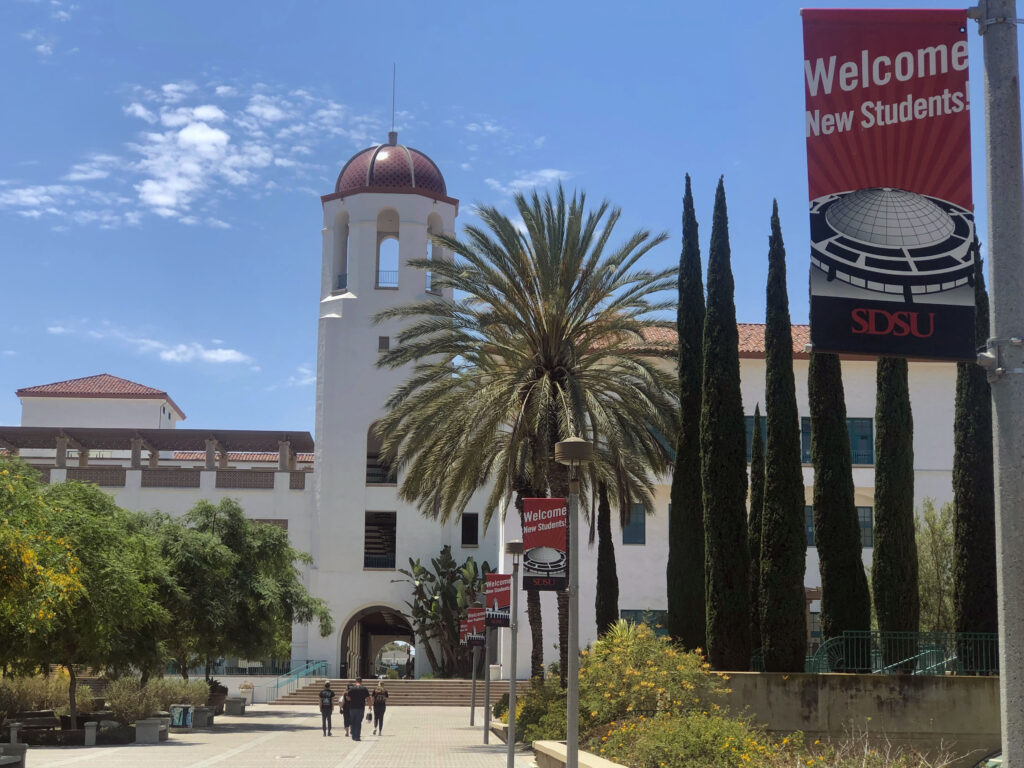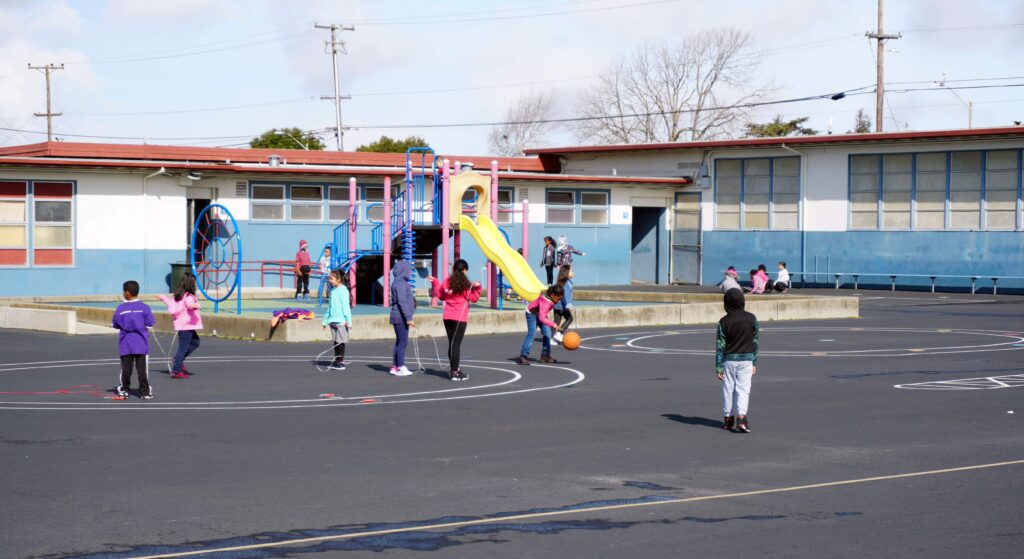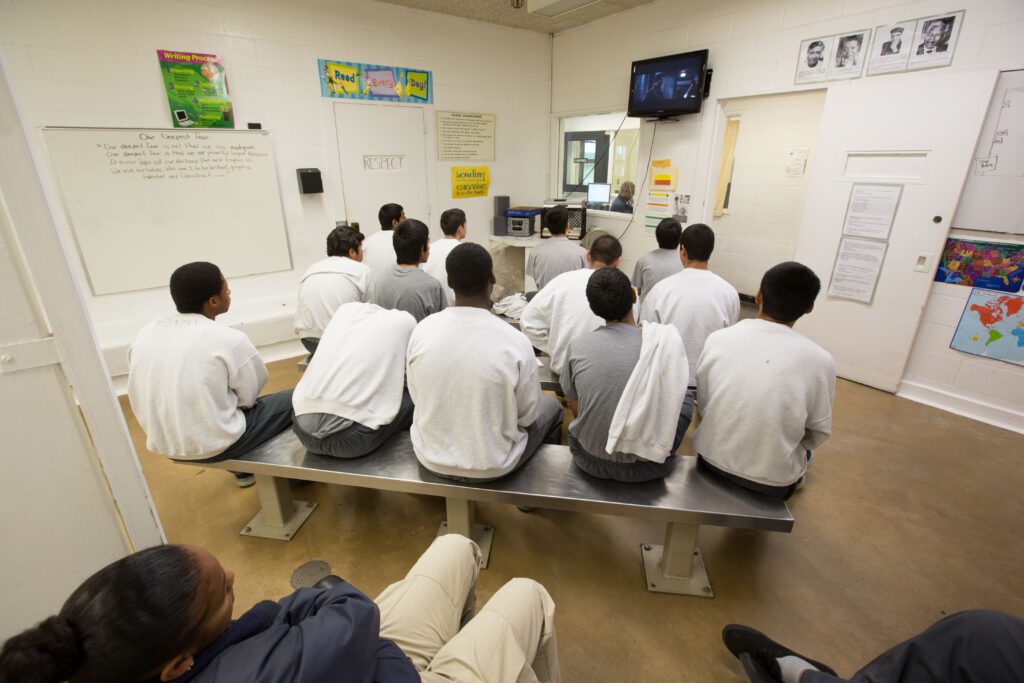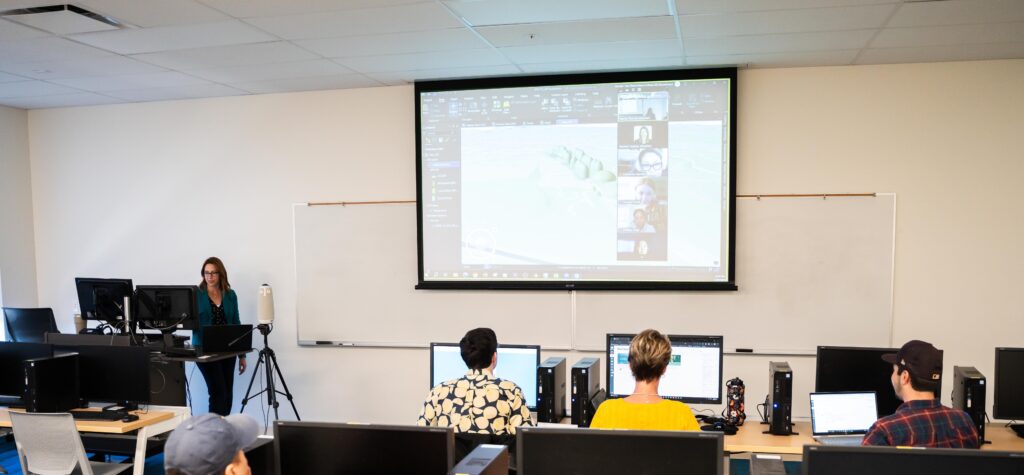
Courtesy: Lighthouse Community Public Schools
On Oct. 7, Gov. Gavin Newsom boldly vetoed a bill that purported to increase accountability for charter schools in high-needs communities that receive funding from the Charter School Facility Grant Program. The bill’s labor sponsors, the California School Employees Association and Assemblymember Mia Bonta claimed that this bill “will safeguard hundreds of millions of taxpayer dollars from wasteful and improper spending by charter schools.”
Despite passing through the Democratic party’s supermajority in both the Assembly and Senate, Gov. Newsom thoughtfully centered the needs of students and families in historically underserved communities over party politics and labor endorsements, and vetoed this bill, noting in his veto message of Assembly Bill 1604 that “provisions could have unintended consequences, including increasing facilities costs or limiting financial options for charter schools.”
Unlike school districts, charter schools cannot pass general obligation bonds to finance their facilities. Instead, charter schools that serve a majority low-income student population can access funding through the Charter School Facility Grant Program to invest in facilities in the communities they serve and secure necessary financing to modernize classrooms and make campus safety improvements. Assemblymember Bonta’s bill would have increased their facilities costs and limited their long-term financing capacity — and prevented students from having access to safe and equitable facilities. This was her second failed attempt at legislation against the charter school facilities program alongside her partners at CSEA (AB 2484 in 2022 was a similar bill that died in Senate Appropriations).
Under the current system, thoughtfully and thoroughly managed by the state treasury, charter schools can borrow money through the bond market for their facilities. The report from a 2022 audit of the Charter School Facility Grant Program noted the positive effect of the existing bond program and that the programs are “generally achieving their purpose of increasing charter schools’ access to facility funding” and did not find any improper use of the program. However, Bonta wanted to increase accountability and recoup public facilities funding in the event a charter school were to close.
Had this bill passed, charter schools would have faced the unfair burden of increased borrowing rates for facilities in high-needs communities, or it could have even made access to financing untenable. In Oakland specifically, the district Bonta represents, charter schools, unfortunately, do not have access to high-quality, safe and equitable facilities, and require access to these bonds for long-term community investment. Oakland’s charters already face barriers, often political, to getting Proposition 39 offers (a state law requiring districts to allow charters to share space in their unused facilities or classrooms) or funding under Proposition 51 to improve existing facilities (a grant program that allows for bond-funded improvements at available district facilities for charter schools).
Newsom’s veto should signal to Bonta and her labor partners that they should focus on more pressing educational issues that public school families care about, like increasing literacy rates, aligning investments in community school programming, improving public and school safety, and ensuring college readiness and career pathway completion.
It is not surprising that about half of the students in East Oakland, from the Fruitvale to the San Leandro border, choose charter schools. Over the last three years, Oakland’s charter high schools have had college readiness A-G completion rates of 67% for African American and Latino students, compared with 34% at district high schools. Bonta is well aware of this, given her previous role as CEO of the Oakland Promise, an organization that provides college scholarships to Oakland Unified and charter school graduates. Many in the Oakland community were confused as to why she was attacking charter schools and their access to facilities financing given the positive college readiness rates that charter high schools have shifted locally.
Many charter schools in Oakland exist to counter the systemic challenges of educational redlining — as children attending schools in the affluent hills receive a dramatically different educational experience and set of outcomes than children in the flatlands — and to give students and families quality public school options. A third of Oakland’s families exercise this choice and choose charter schools for their children. According to Oakland Enrolls, a nonprofit that helps families choose the best school for their child, in each of the last three years, there have been an average of 8,000 unique student applications to charter schools in Oakland.
The Covid-19 pandemic exacerbated the educational inequities that existed before the pandemic. Assemblymember Bonta’s repeated attempts to pass legislation that could harm charter schools are out of touch with the needs of students and families in Oakland and of high needs communities across California. However, the governor’s strong veto of AB 1604 is a welcome sign that he is committed to educational equity and to providing all students with access to high-quality educational opportunities, and recognizes that charter schools are a vital part of the educational landscape in California.
•••
Rich Harrison is CEO of Lighthouse Community Public Schools, which operates two K-12 public charter schools serving more than 1,600 students in East Oakland.
The opinions expressed in this commentary represent those of the author. EdSource welcomes commentaries representing diverse points of view. If you would like to submit a commentary, please review our guidelines and contact us.








